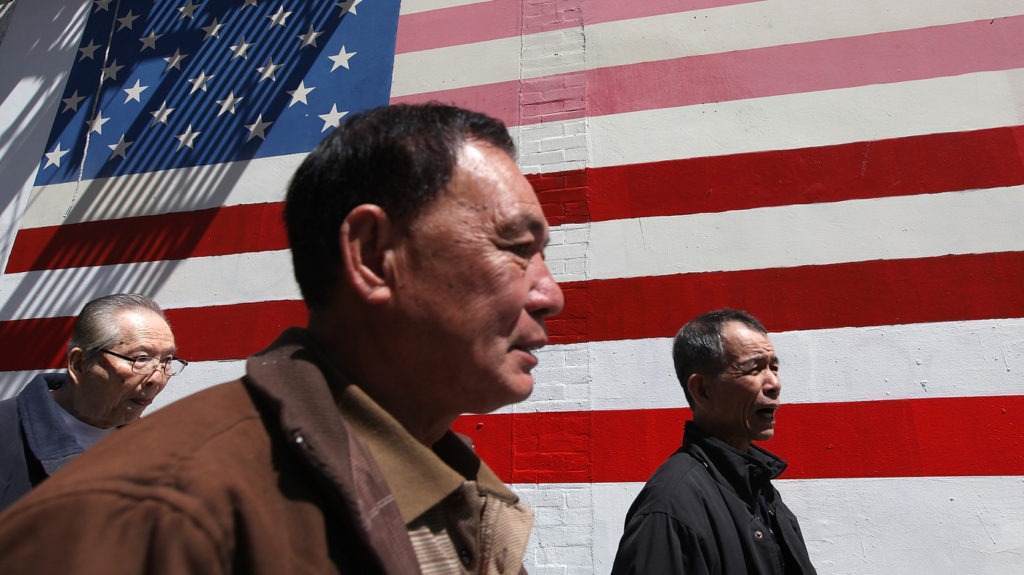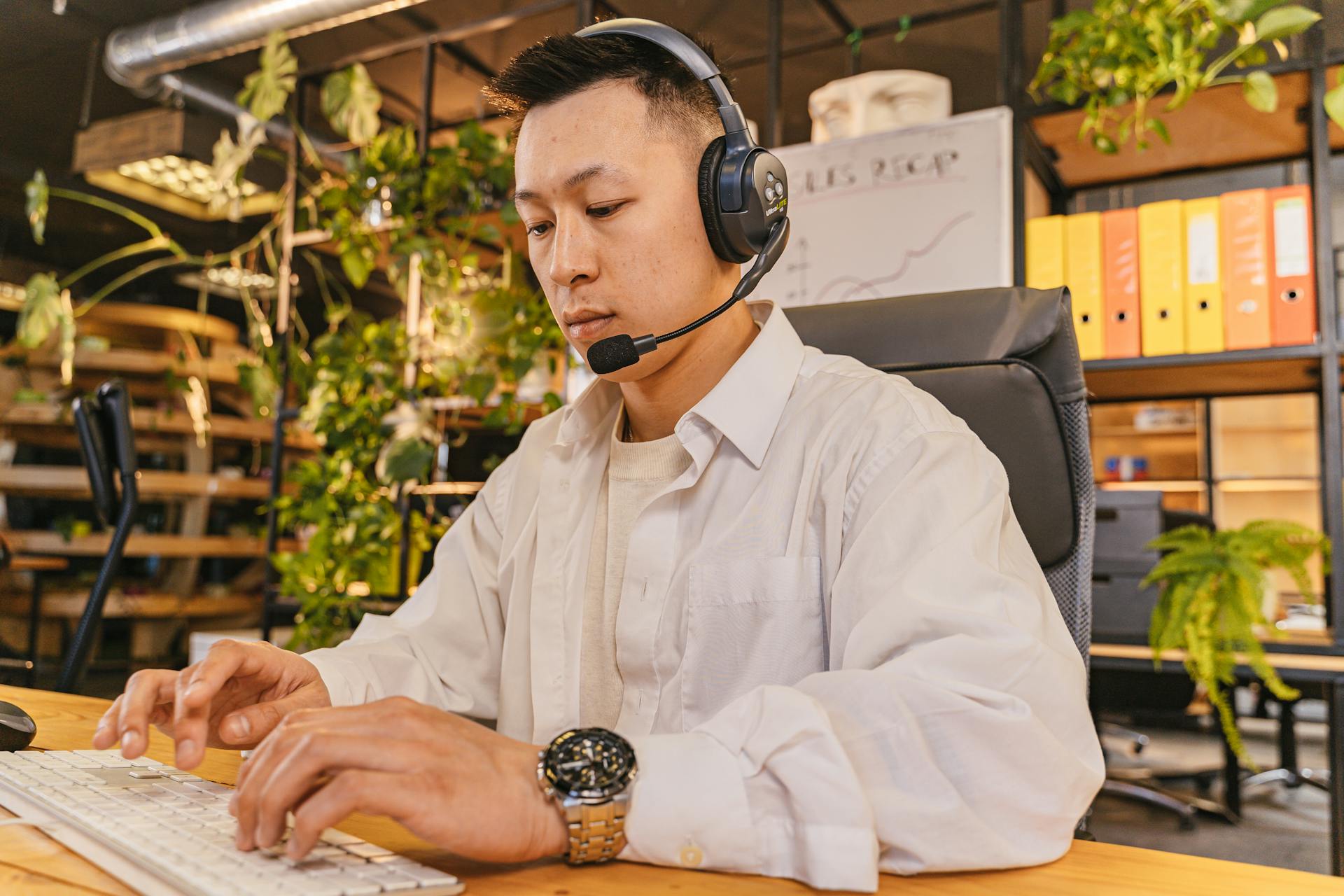The Legal Labyrinth: Visa Battles and Uncertain Futures
The U.S. immigration system is notoriously complex, and for many Asian immigrants, securing legal status is a years-long battle marked by uncertainty. High-skilled workers on H-1B visas face agonizing backlogs, with some waiting decades for green cards, while undocumented immigrants live under constant fear of deportation.
Family-based immigration, a common path for Asian Americans, is often slowed by quotas that leave loved ones separated for years. The stress of legal limbo takes a toll—parents may put their lives on hold, delaying career moves or major decisions, while children grow up with the anxiety of potentially being uprooted. Even after gaining citizenship, many carry the trauma of this instability, always bracing for the next bureaucratic hurdle.
Between Two Worlds: Cultural Identity and Assimilation
Immigration forces a delicate balancing act between preserving one’s heritage and adapting to a new culture. First-generation Asian Americans often feel pressure to assimilate quickly, shedding accents or traditions to avoid discrimination, while their children might reject their heritage in an effort to fit in. This tension can create identity crises, especially for younger generations who feel disconnected from their roots yet still face exclusion for not being "American enough."
Language barriers further complicate this divide—many immigrant parents rely on their children to translate, reversing traditional family roles and sometimes breeding resentment. The result is a fractured sense of self, where individuals feel they must constantly code-switch to belong in either community.
The Hidden Costs: Mental Health and the Immigrant Family
The psychological weight of immigration is rarely discussed openly in Asian American households, where stigma around mental health persists. Many immigrants endure trauma from displacement, yet suppress their emotions to focus on survival. Parents may dismiss their own struggles, believing suffering is inevitable, while children internalize this silence, learning to equate vulnerability with weakness.
Studies show higher rates of depression and anxiety among immigrants, particularly refugees who fled war or persecution. Intergenerational conflict exacerbates these issues—children raised in the U.S. may clash with parents over cultural values, leading to guilt and isolation. Without accessible, culturally competent mental health resources, these wounds often go unaddressed for years.
Economic Survival: From Survival Jobs to the Glass Ceiling
Economic stability is a primary driver of immigration, but the promise of opportunity often clashes with reality. Many highly educated Asian immigrants face deskilling, working menial jobs despite their qualifications due to credential barriers or discrimination. Others hit the "bamboo ceiling" in corporate America, where stereotypes paint them as diligent workers but not leaders.
Small business owners, a cornerstone of many Asian immigrant communities, grapple with systemic obstacles like language barriers in securing loans or navigating regulations. The pressure to financially support family members abroad adds another layer of stress, with many immigrants sacrificing their own well-being to send remittances home.
Building Community and Advocacy for Change
Despite systemic barriers, Asian American immigrants have long turned to community support as a lifeline. Ethnic enclaves provide not just economic opportunities but also cultural familiarity, helping newcomers navigate an unfamiliar society.
Grassroots organizations have emerged to fill gaps in legal aid, language classes, and mental health services, often run by those who once faced the same struggles. Advocacy remains critical—from pushing for immigration reform to fighting workplace discrimination. Younger generations are reclaiming their narratives, using social media and art to highlight immigrant experiences often erased from mainstream discourse.
True progress requires policy changes, but also a shift in how society views immigrants—not as temporary guests, but as integral contributors to the nation’s fabric.




